Automotive Emissions Components Explained
While looking for a suitable old car project, many enthusiasts will pass right over seventies or eighties cars. Their only thought is an emission-laden engine with miles of endless unmarked vacuum lines. But when you consider the inflated prices of cars from the sixties, later emissions-equipped cars become the better value.

Performance cars of the early seventies were most effected by automotive emissions systems. Curiously, one legal loophole was trucks, which were exempt until the late seventies (1978 Chevy truck frames were redesigned to fit catalytic converters). Since 1981, federal law states that all cars and light duty trucks sold in the U.S. must have converters as standard equipment.
Pollutants in Car Exhaust
Exhaust gas is made up primarily of nitrogen (N2), water vapor (H2O), and carbon dioxide (CO2). None of these are toxic or noxious substances. But a small part of your car's exhaust is noxious or toxic, most notably carbon monoxide (CO). This gas is colorless, odorless, tasteless and harmful to humans and animals in high concentrations. Symptoms include headaches, nausea, dizziness, and death.
************************
Understanding Automotive Emission Systems
Automotive emissions systems are designed to work in several ways. One is to route excessive hydrocarbons back into the engine for re-combustion, thus providing a more complete combustion, which gives off less harmful pollutants. This is what an air pump does.
************************
AIR Pump
Starting in the 1960's, there was concern over the significant amount of unburned and partially burned fuel in automotive exhaust. In an effort to decrease this source of emissions, the air injection system was created.
An A.I.R. (air injection reactor) pump is more commonly known as a smog pump. It is a vane-style pump, usually mounted to the front of a car's engine and belt-driven.
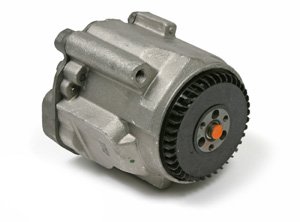
Early smog pumps were part of a vehicle's secondary air injection (an engine's combustion chamber is the primary).
A common 1970's automotive emission system included a belt-driven pump, along with a fuel-mixture control valve or air diverter valve. Also in the system were air injection tubes and check valves.
How It Works
Engine exhaust (which contains unburned hydrocarbons and carbon monoxide) is routed into the pump, then compressed and injected into the exhaust port of the cylinders. The gases then combine with unburned hydrocarbons and carbon monoxides at higher temperatures, causing a chemical reaction. Now the spent exhaust is less harmful to our environment.
Thirty years ago, hot rodders were tearing off air pumps as quickly as they could, believing that they were unleashing lost power. Today, we know that they draw minimal loss on engine power, and can actually make an engine run better.
Truth is, more power was lost from reduced compression ratios and mandated timing and camshaft specs than by the emissions systems themselves.
Also contributing to lower emissions were recalibrated carburetors and distributor settings, and also higher engine-operating temperatures. Together, combustion efficiency was improved and harmful emissions were reduced.
When fuel injection with variable timing came about, AIR pumps were no lomger needed.
************************
Catalytic Converters
Exhaust emissions are further reduced through your car's catalytic converter.
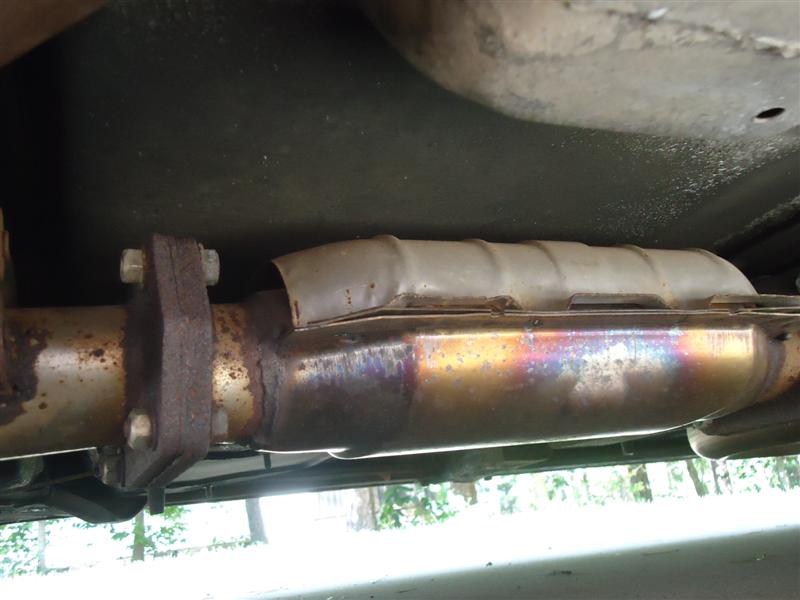
Read: Catalytic Converter Function and Diagnosis
In good working order, converters do not significantly restrict exhaust flow.
************************
EGR Valve
If your car is running poorly, you may have problems with your EGR valve.
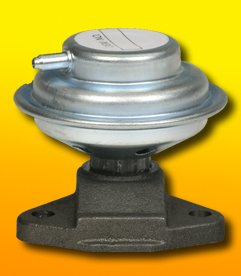
Read: EGR Valve Function and Diagnosis
Excessive combustion chamber temperature creates oxides of nitrogen, which is a major pollutant. The purpose of the EGR valve (exhaust gas recirculation) is to meter small amounts of exhaust gas back into the intake system. This dilutes the air/fuel mixture, helping to lower the combustion chamber temperature.
************************
Oxygen Sensor
Oxygen sensors, commonly called O2 sensors, have been installed in cars and light-duty trucks since the early 1980's. Their function is to monitor the air/fuel ratio of the exhaust and send signals (electronic pulses) to the engine computer.
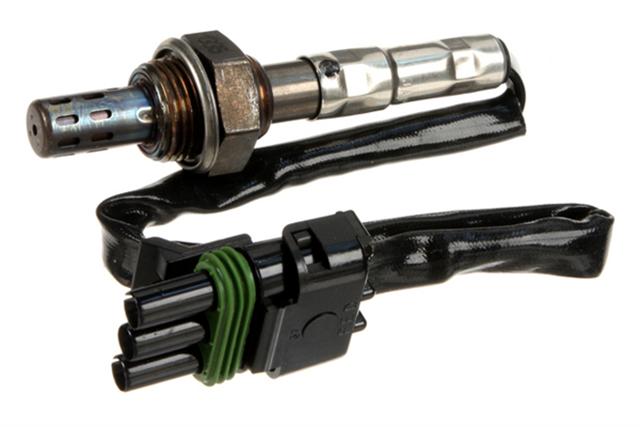
How An Oxygen Sensor Works
Through the sensor, information on oxygen concentration is sent to the ECM as voltage measurements. Along with readings from other sources, the ECM analyzes then adjusts the amount of fuel to be injected into the engine. This is to compensate for either the excess air or excess fuel reading.
Will My Car Run Without an O2 Sensor?
Fuel mixture (fuel trim) is partially controlled by an O2 sensor reading, which tells the ECM how much oxygen is in the exhaust. Without one, an ECM never goes out of closed-loop operation. What does that mean?
Closed Loop vs Open Loop
With the exceptions of wide-open-throttle and hard acceleration, a computer-controlled car operates in a closed-loop mode. This is when there is no feedback from the engine, so the ECM relies on base fuel and spark tables.
Open loop comes into play during hard acceleration, or at W-O-T. The ECM is now reading all engine sensors, including the O2, and adjusting for best performance and efficiency.
So, if there is no oxygen sensor, the computer never goes out of closed-loop operation. It will use the base fuel and spark tables, which are usually too rich and retarded. Your car will run, but it won't run it's best.
When the ideal air/fuel ratio of 14.7 is obtained, an engine works at optimum efficiency. O2 sensors that have been modified or tampered with may malfunction, which will can cause an engine to run lean and decrease fuel efficiency. Faulty 02 sensors damage your fuel economy as well as the service life of your catalytic converter.
How Can I Tell an Oxygen Sensor is Bad?
An O2 sensor usually begins to fail after 55,000 to 90,000 miles, and should be replaced.
Physical signs of a bad sensor are ceramic chipping and carbon deposits. But what you can't see is wire burnout or an internal circuit disconnection.
An oxygen sensor may not fail completely. While driving, you may notice a slight loss of power, a rougher idle, or a drop in fuel mileage.
*************************
What Is an EGT Sensor?
They look similar, but the difference between an O2 sensor and an exhaust gas temperature (EGT) sensor is, one tells the ECM how much oxygen is in the exhaust, the other tells it the temperature of the exhaust.
************************
Check Engine Light
When emission-control components are not working properly, the CEL (check engine light) illuminates.
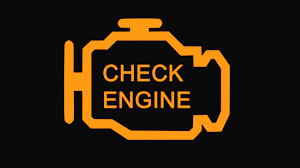
A check engine light that flashes or 'blinks' requires immediate attention, as the computer has sensed something that is causing over-fueling of the engine, which can quickly damage the converter by melting expensive internal parts.
************************
Emission Systems Diagnosis
Diagnosis of emission control devices is not hard, but does require a few speciality tools and knowledge of the system. Most fuel injection and emissions sensors have only two or three wires, making troubleshooting individual pieces fairly easy.
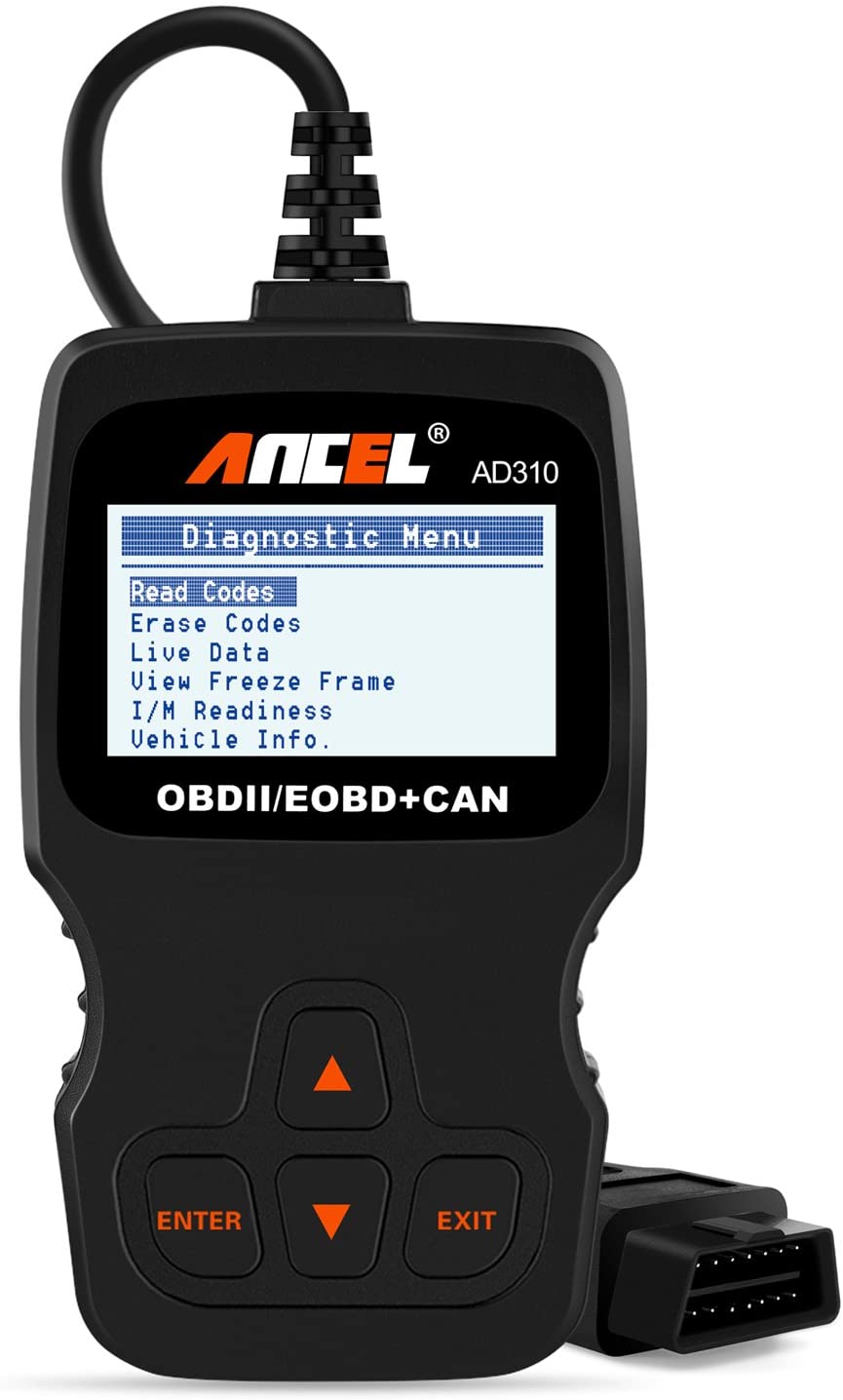
Shop: Scan Tool
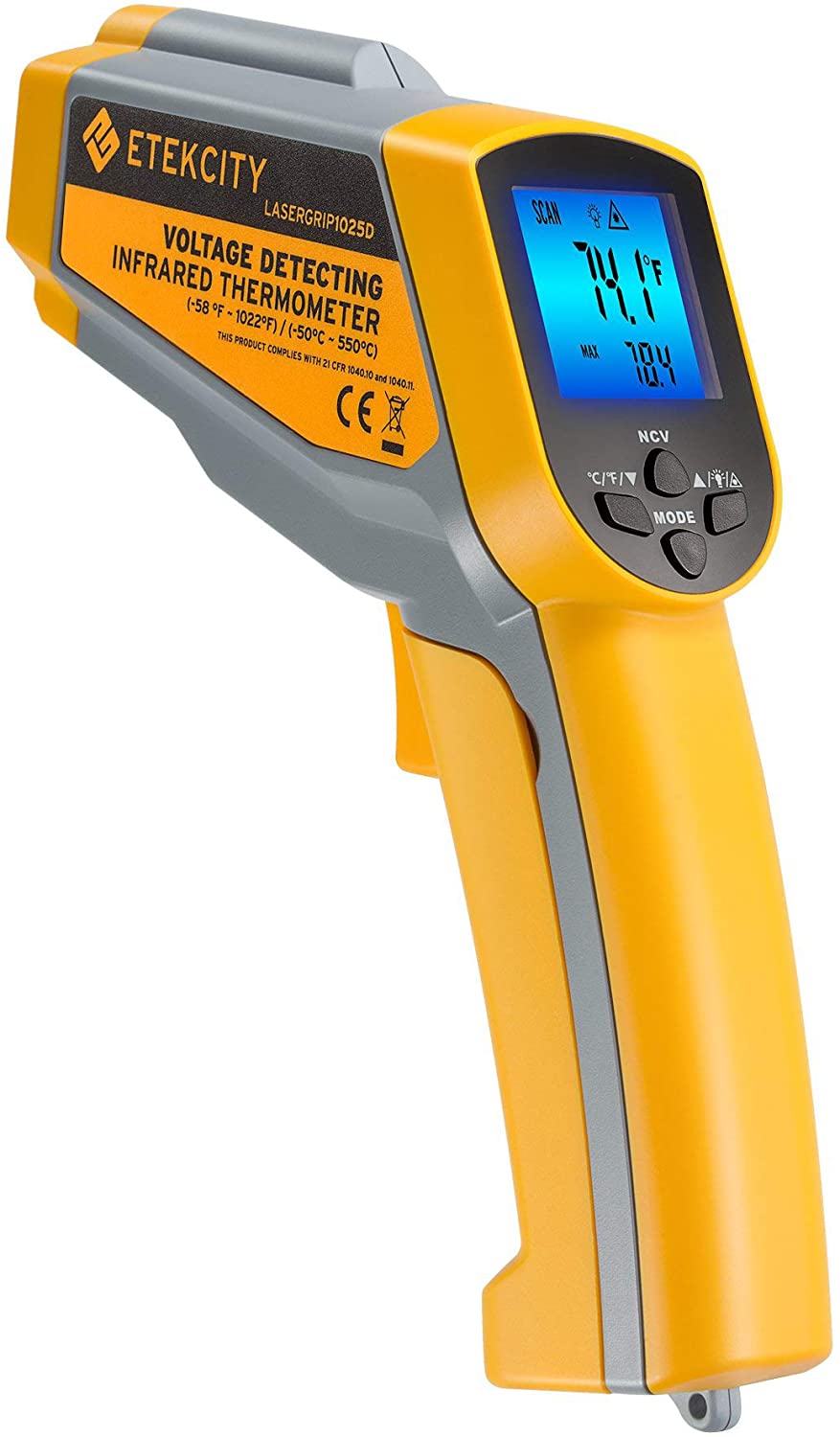
Shop: Infrared Temperature Gun
Always start at the basics. An emissions-related problem may be as simple as a loose or broken vacuum hose, or a bad wiring connection.
************************
Needed or Not
The original Fiat Spider, produced from 1966 to 1985, featured an efficient twin-cam four-cylinder motor. These engines were well-designed, and ran cleanly and efficiently. But starting in 1974, all cars sold in North America were required to have pollution devices, regardless of whether they were really needed.

In order to continue selling to its largest market, Fiat, like many other manufacturers, complied by adding on smog equipment, which burdened motors, choked performance, and caused driveability issues.
************************
Conclusion
Classic cars are generally worth more in factory-stock condition. Having it emissions-legal is a good way to show you care about the environment, as well as scoring higher in show competitions.
It's totally possible to build a carbureted motor that gives good street power and is still emissions legal. An AIR pump and EGR valve are not costing any significant horsepower, nor is the PCV system or charcoal canister.
NOTE: When purchasing a collector vehicle in or out of your state, know your emissions regulations. Many states have emissions laws requiring the original equipment controls to be in place and functioning, or you cannot register the vehicle.
************************
Related Articles: